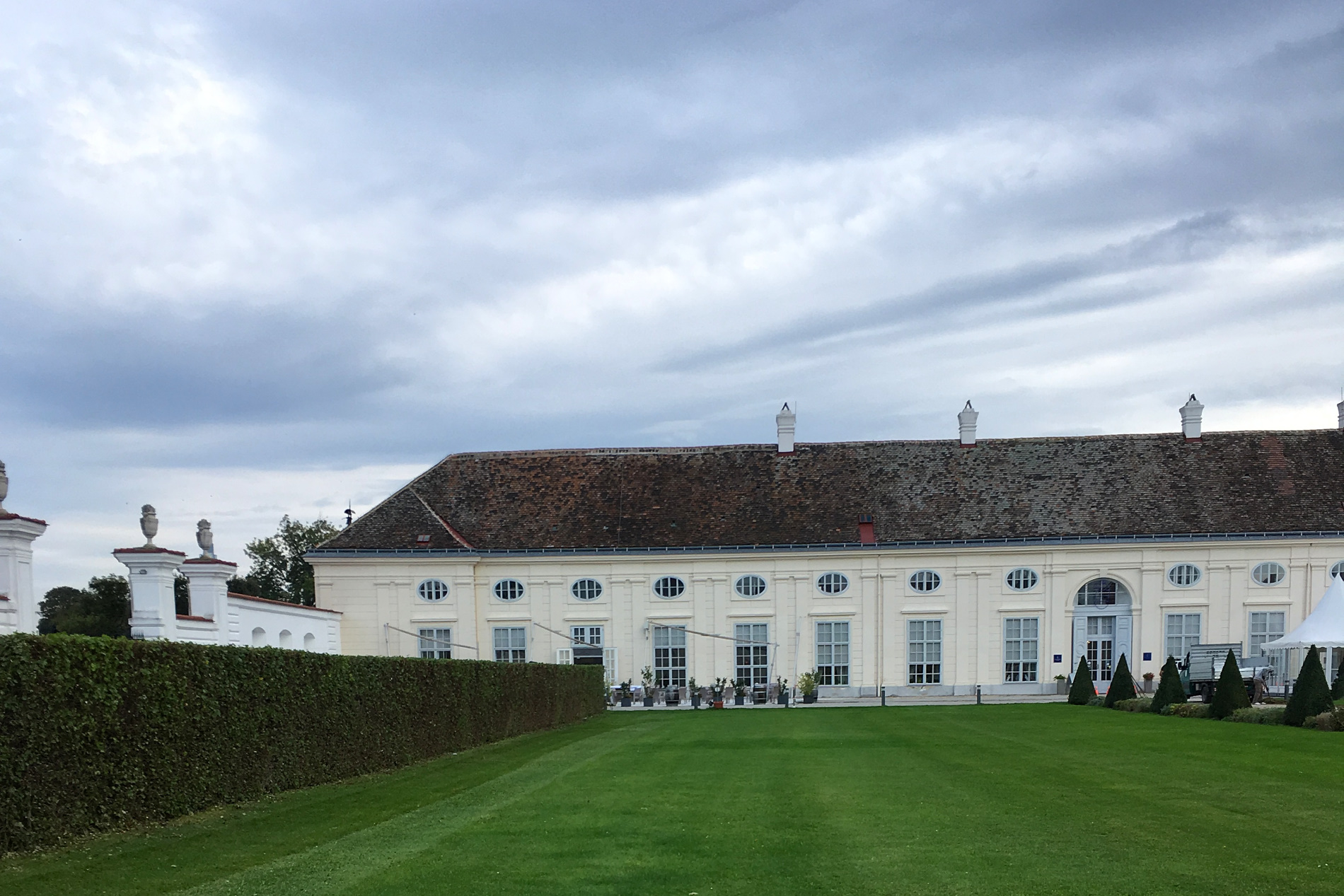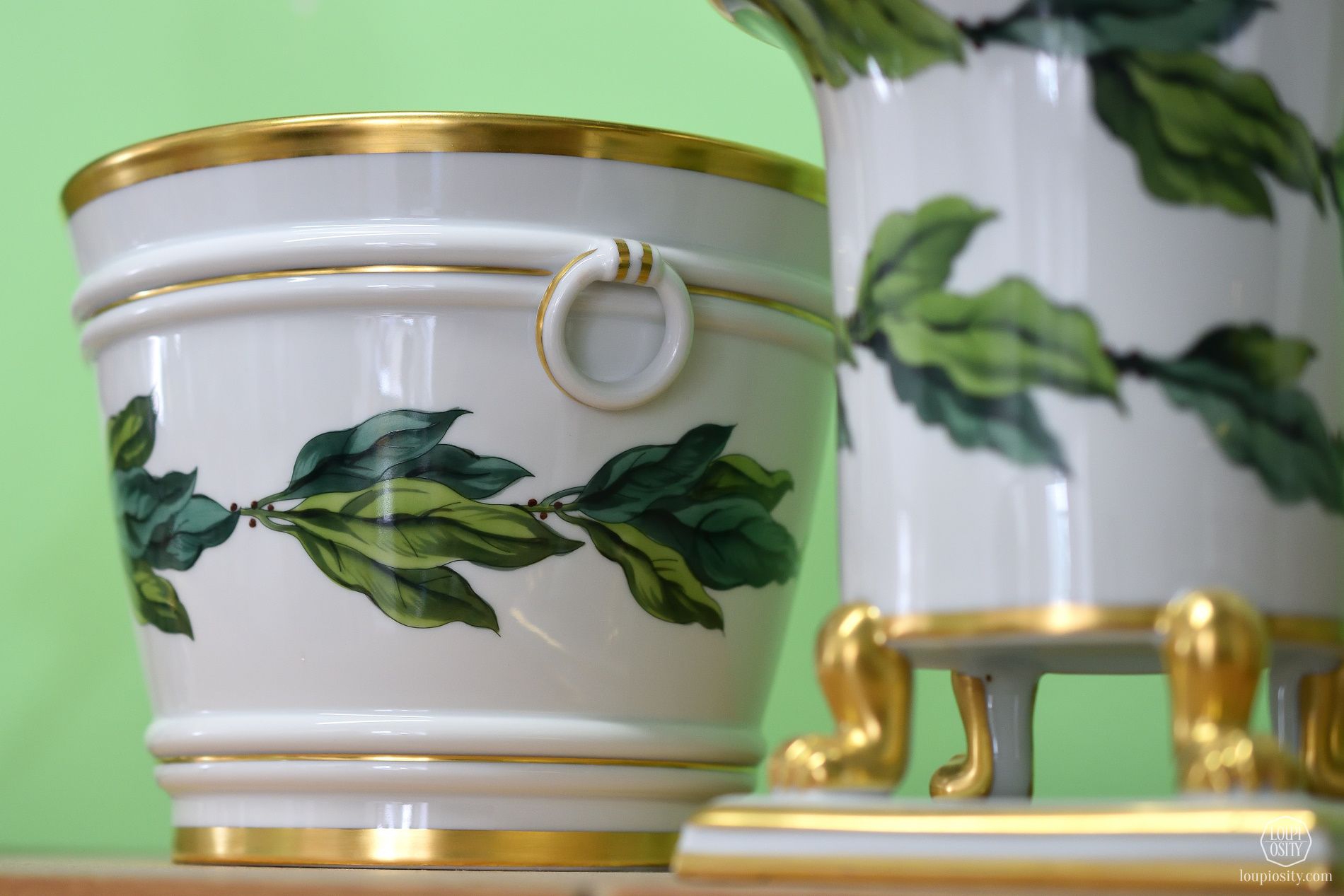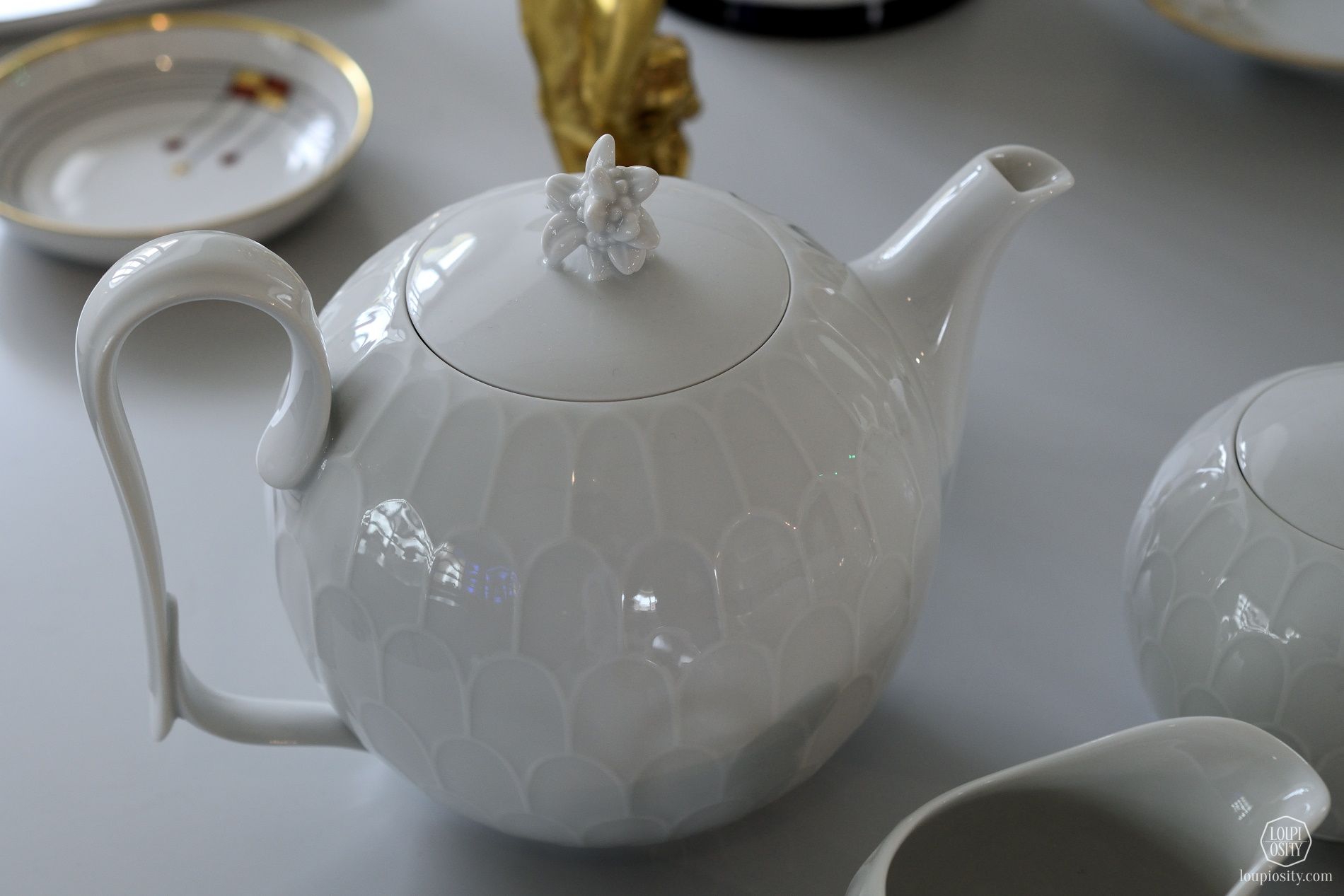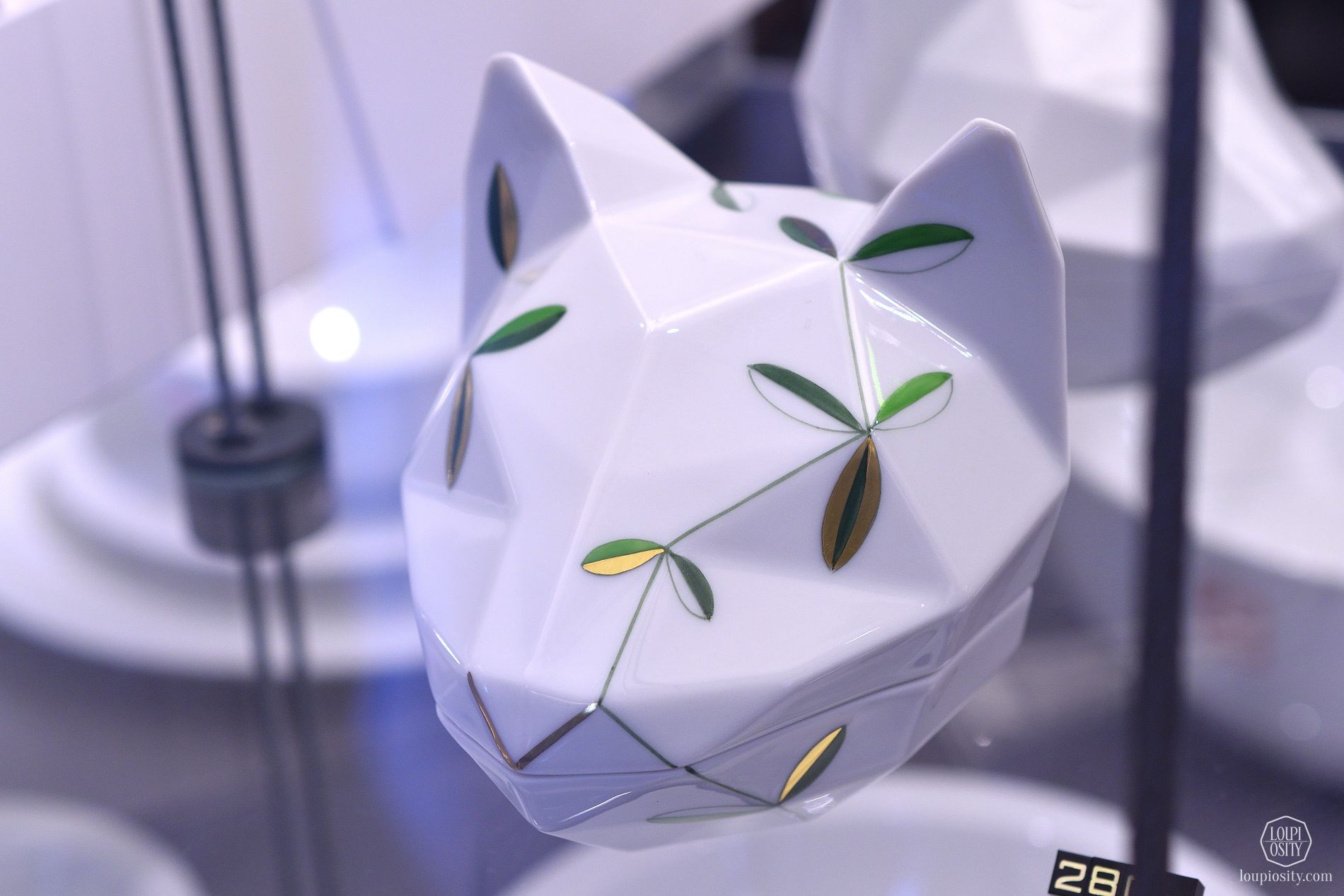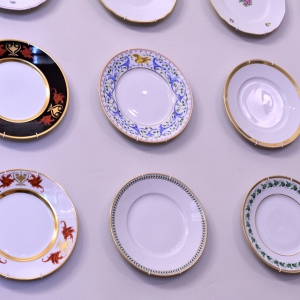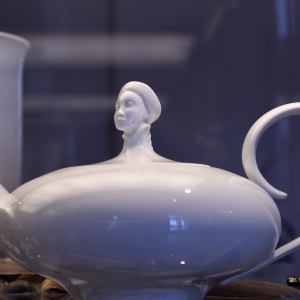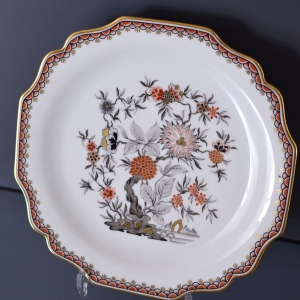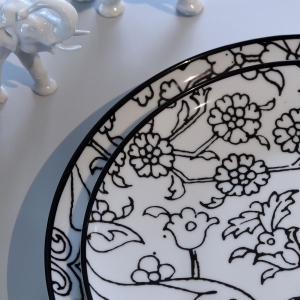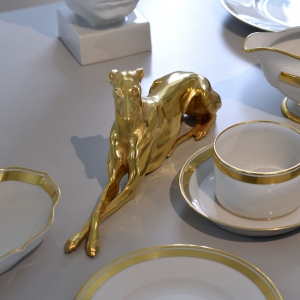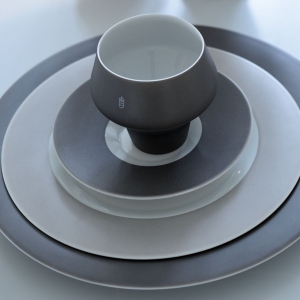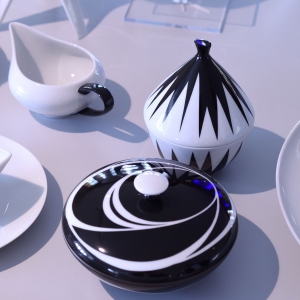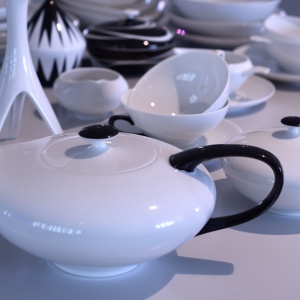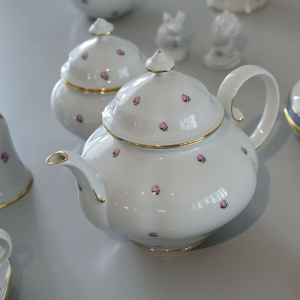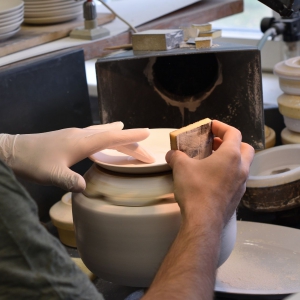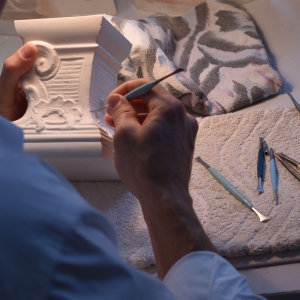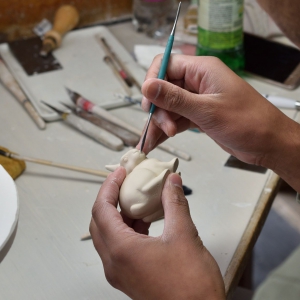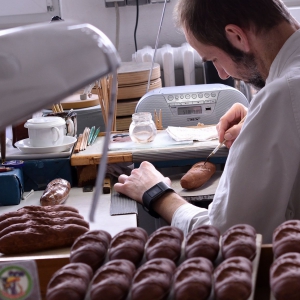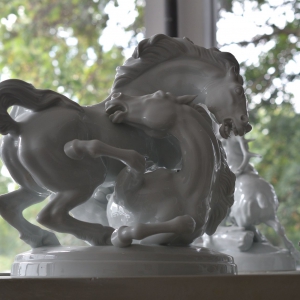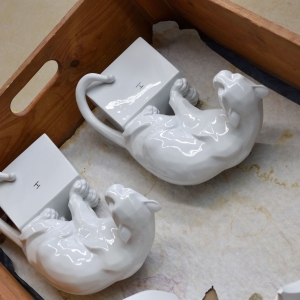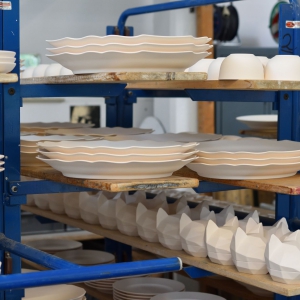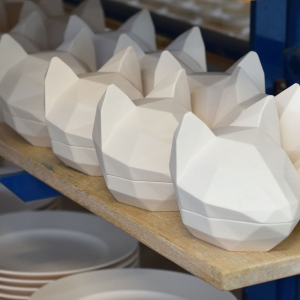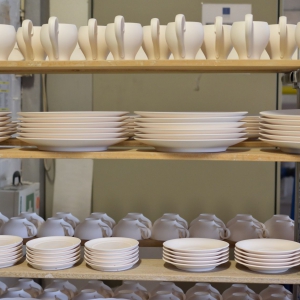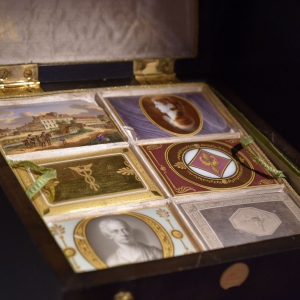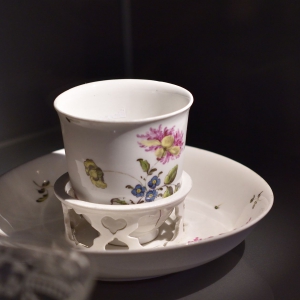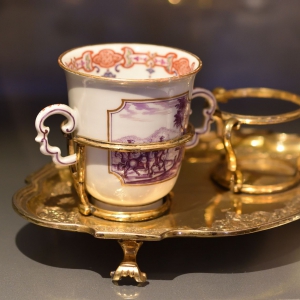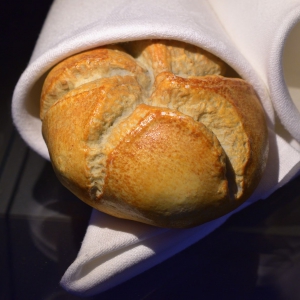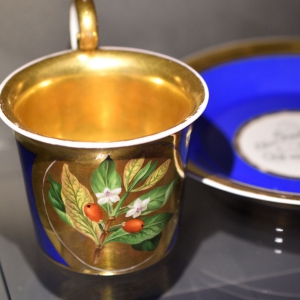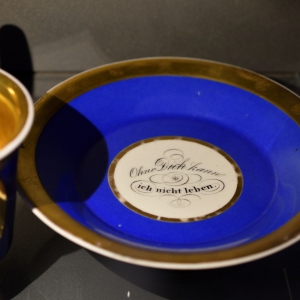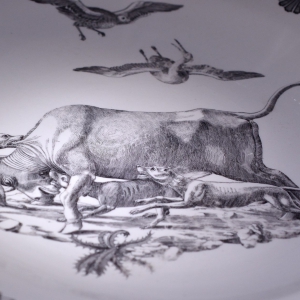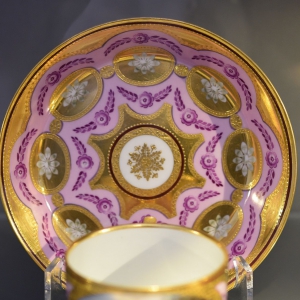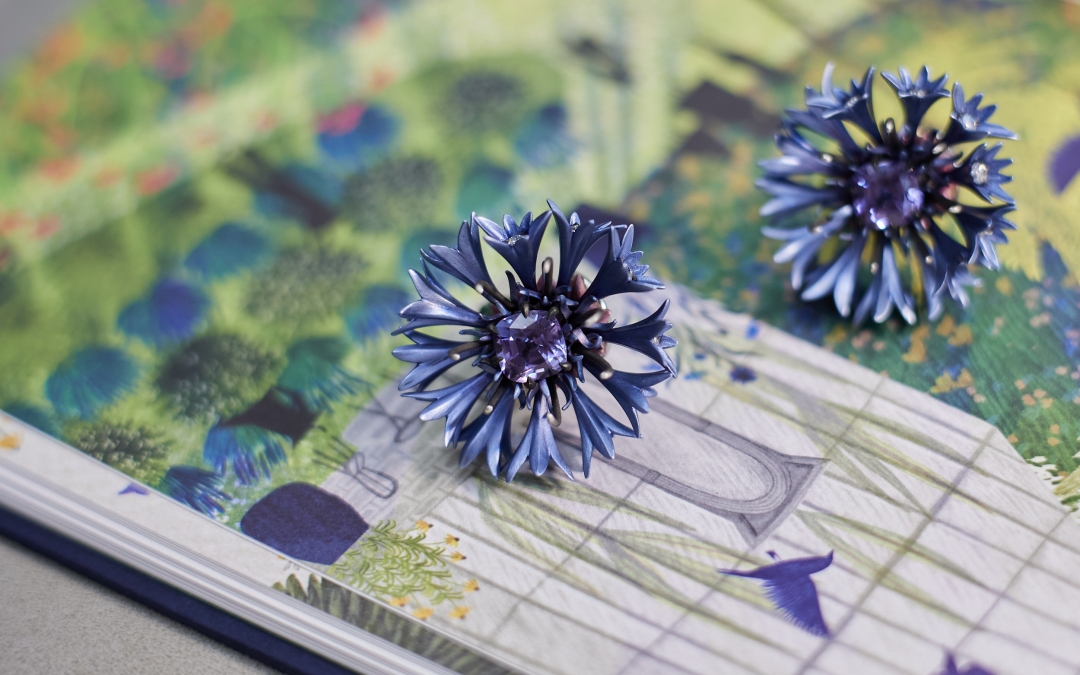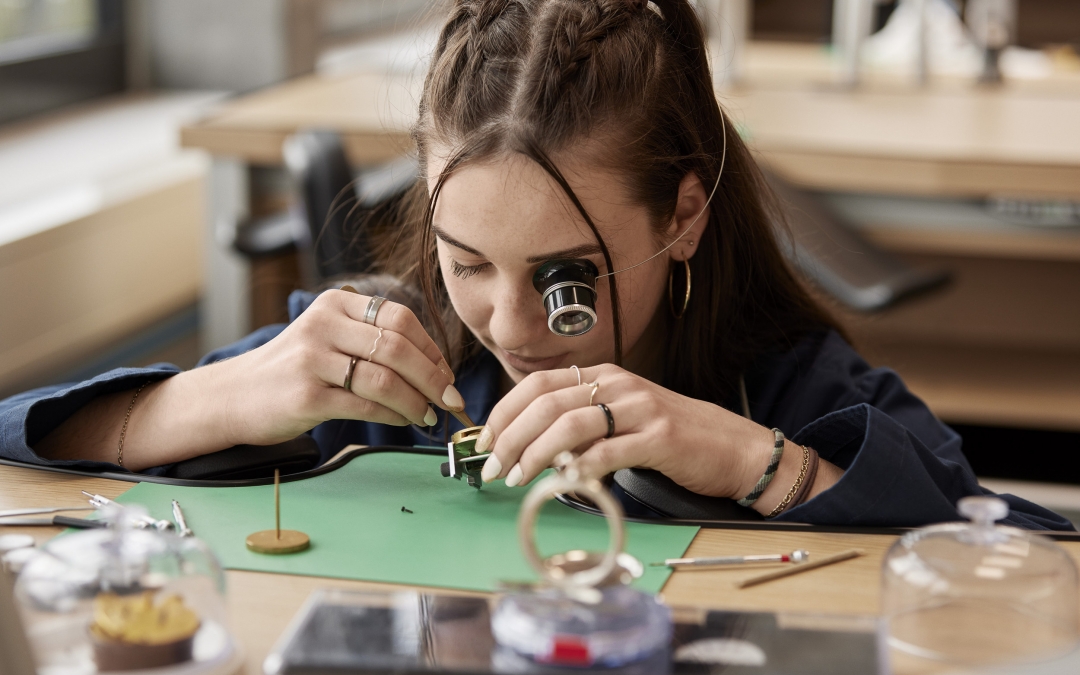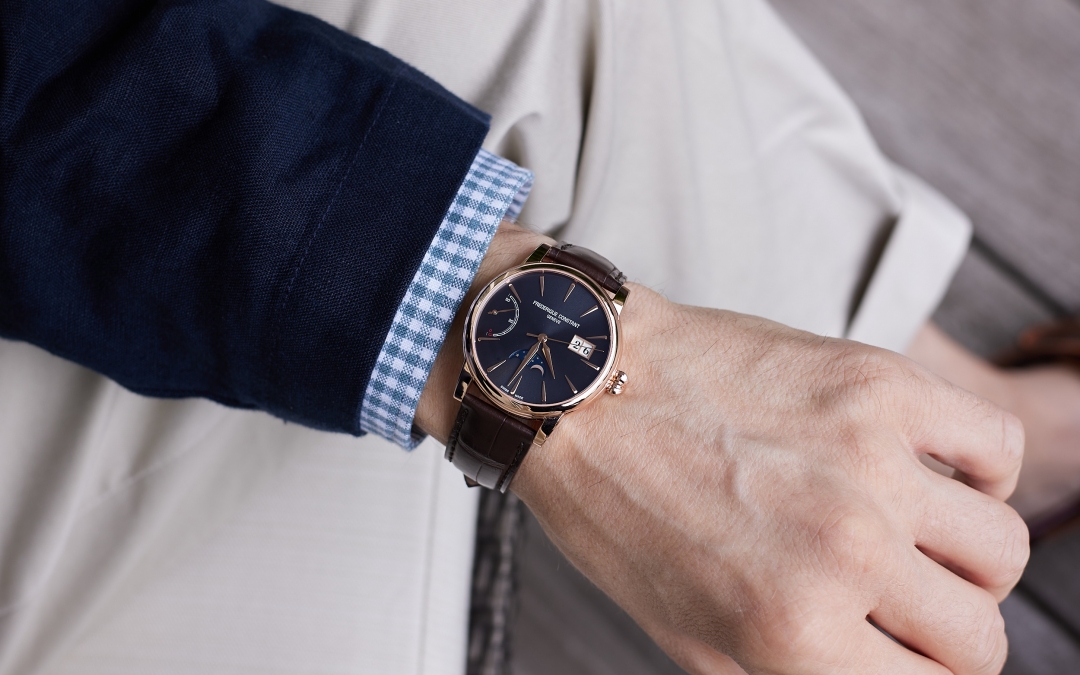I visited the Baroque park of Augarten in 2016, when Jaeger-LeCoultre and few other workshops showcased their artistic repertoire. Having seen the amazing works of the 300 years old porcelain manufacture, I decided that I would come back one day – and this day arrived just now.
Just like many other things in Vienna, the Augarten Porcelain has an amazing history – the manufacture will celebrate its 300th anniversary next year. To what extent does the factory belong to local heritage? They put it this way: “with each piece of Augarten Porcelain you do not only buy a piece of art, but also Austrian tradition that is shared for 300 years”.
The first porcelain-like products slowly evolved in China and finally achieved high quality porcelain comparable to modern wares about 1200-2000 years ago (depending on the material, definition), then spread to other East Asian countries, and finally Europe and other parts of the world. In the early 1700’s Ehrenfried Walther von Tschirnhaus (a German mathematician and physicist) and then Johann Friedrich Böttger (a German alchemist) managed to produce a hard, white, translucent type of porcelain with at that time a new combination of ingredients. The compound includes kaolin, feldspar and alabaster, instead of the ground glass previously used.
The last time I visited the Baroque park of Augarten was in 2016, when four companies possessing exceptional skills (including Jaeger-LeCoultre) presented how the traditional crafts, techniques and precious materials meet a fresh contemporary mindset. In the porcelain manufacture where the event was held, I was amazed by the carefully painted dainty porcelain sculptures and the stylish tableware. They all reflected an amazingly rich know-how yet a strong desire and tasteful sense for 21st century shapes and motifs. I decided to perforce dedicate one day to visit the Augarten Porcelain Manufacture intimately and this day came just now. What’s more, my appetite for information was satisfied by a fantastic private guided tour.
A bit of history
Europe’s first porcelain manufactory, Meissen was established in 1710. The Vienna Porcelain Manufactory Augarten was the second – founded by Claudius Innocentius du Paquier, a Dutch potter. He managed to recruit key masters from Meissen, including the painter Christoph Conrad Hunger, Just Friedrich Tiemann, an expert in fabricating kilns and Samuel Stöltzel, the Meissen kiln master with the recipe for porcelain paste in his pocket. “On May 25, 1718, Emperor Karl VI of Austria signed a ‘special privilege’ awarding du Paquier the exclusive right to produce all sorts of fine porcelain…such as those that are made in East India and other foreign countries, with far more beautiful colours, decoration, and forms with the help of local workmen and materials in the Austrian crown lands.” (Source: Jan-Erik Nilsson, antique pottery and porcelain expert).
The Manufactory was taken under Imperial ownership by Empress Maria Theresa in 1744. Since then the pieces bear the blue-striped shield from the coat of arms of the Dukes of Austria.
By the way, Vienna has celebrated the 300th anniversary of her birthday this year. Maria Theresa Walburga Amalia Christina, the only Habsburg woman to rule Austria, was born on 13 May 1717. Many exhibitions pay honour to the famous monarch across Austria. She was the archduchess of Austria and Queen of Hungary and Bohemia (1740–80), wife and empress of the Holy Roman emperor Francis I (who reigned between 1745–65), and mother of the Holy Roman emperor Joseph II (who reigned between 1765–90).
After a long “golden age” the industrialisation forced the Manufacture to close down in 1864. In May of 1923 the company was reopened with a new location at Augarten Palace (the original location was not far in the 9th district of Vienna, at the Porzellangasse in Rossau).
A bit of design
During the long decades of operation, many designs, shapes and patterns have been inspired by the tastes of different eras and created in collaboration with great artists of the time. The “Viennese Rose” is a famous decoration from the Biedermeier period – this delicate pink rose and other floral styles remain popular even today.
In the 1920-30s the manufactory produced designs by artists including Josef Hoffmann, Michael Powolny, Franz von Zülow, and other representatives of the Vienna Workshops (the Wiener Werkstätte was a community founded in 1897 as a progressive alliance of artists and designers such as Gustav Klimt, Koloman Moser, Oskar Kokoschka and many more). The beautiful service sets of Melon, the Atlantis or the Déco Vienne from Josef Hoffmann are world known.
There are legendary in-house designers too. Following her graduation from University of Applied Arts in Vienna, Ursula Klasmann worked at Augarten for over 35 years. She created innovative pieces and brought a new level of aestheticism to the Manufacture with her designs.
Designers of today and their works are the fresh new icons of Augarten; the Shortcut collection from the great Austrian industrial designer, Thomas Feichtner, the Pinocchio tumbler vases from Philipp Bruni – known for his multidimensional thinking and for the interior design of Augarten’s flagship boutique at Spiegelgasse 3 – or the Cat Box from the MOSTLIKELY, an agency that combines architecture, computer graphics and design. Maybe the most extravagant collaboration so far was the Vulpini porcelain flacon in the shape of a fox skull. It was created to house the Drop No. 01 Eau de Parfum of the creative label “Wendy & Jim”.
A bit of manufacturing
The ingredients of the “white gold” are basically feldspar, quartz, kaolin and water, but the exact mixture is a treasured secret of the Manufacture. It is no secret though that porcelain fine art requires steady hands, patience, talent, many-many years of experience as well as innovation.
I had the chance to peek into the various processes of the creation including the moulding, embossing, modelling, glazing and painting. The perfectly experienced movements and gestures of the artists leave no doubt about the exceptional know-how they possess – many of them have been working in the Manufacture for decades.
Maria Theresa anniversary year
The Augarten Porcelain Museum dedicated an exhibition to the era of Maria Theresa – the “Most Highly Personal (Höchst Persönlich)” exhibition showcases porcelain objects of the private sphere under Maria Theresa. The historical precious treasures are loaned from private collections, from the Liechtenstein Princely Collections (Vaduz–Vienna), and include certain notable new museum acquisitions. The visitor has the opportunity to glimpse into the contemporary ladies’ apartments, salons, very private boudoirs and bedchambers.
Household objects of the time such as trembleuses (drinking cups for hot chocolate for example and saucers), teacups and sets, dessert baskets or even a bourdaloue (aka a porta-potty or chamber pot) are exhibited. The latter has a very interesting story. According to the legends, these female hygiene accessories were named after the Jesuit priest Père Louis Bourdaloue (1632-1704). He was a successful and popular preacher, however his sermons were so long that the ladies at court asked their servants to supply them with chamber pots. Thanks to these tastefully made vessels, the ladies of the court could undergo spiritual and physical purification at once.
Another interesting story is about the porcelain figures, which were part of the heydays of the table culture. Maria Theresa introduced them for an economical reason. At big dinners and soirées it was popular to decorate the table with marzipan figures in contemporary dress. Although the sum paid for confectioner maters were rather high, these figures could only be used once. Therefore, porcelain versions were ordered by the court, which proved to be far more cost effective. The Augarten figurines are lively and rich in details; they present Vienna street and market life, singers and artists or the riders of the world famous Spanish Riding School (Spanische Hofreitschule).
The Porcelain Museum is open from Monday to Saturday and the amazing manufacture can be visited via guided tours from Monday to Thursday. However, if you are visiting Vienna until 14 October, 2017, make sure you check out the Most Highly Personal exhibition too.
Photo credits: Loupiosity.com.
All registered trademarks are property of their respective owners.
All rights reserved.
